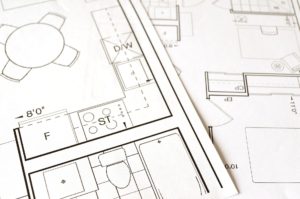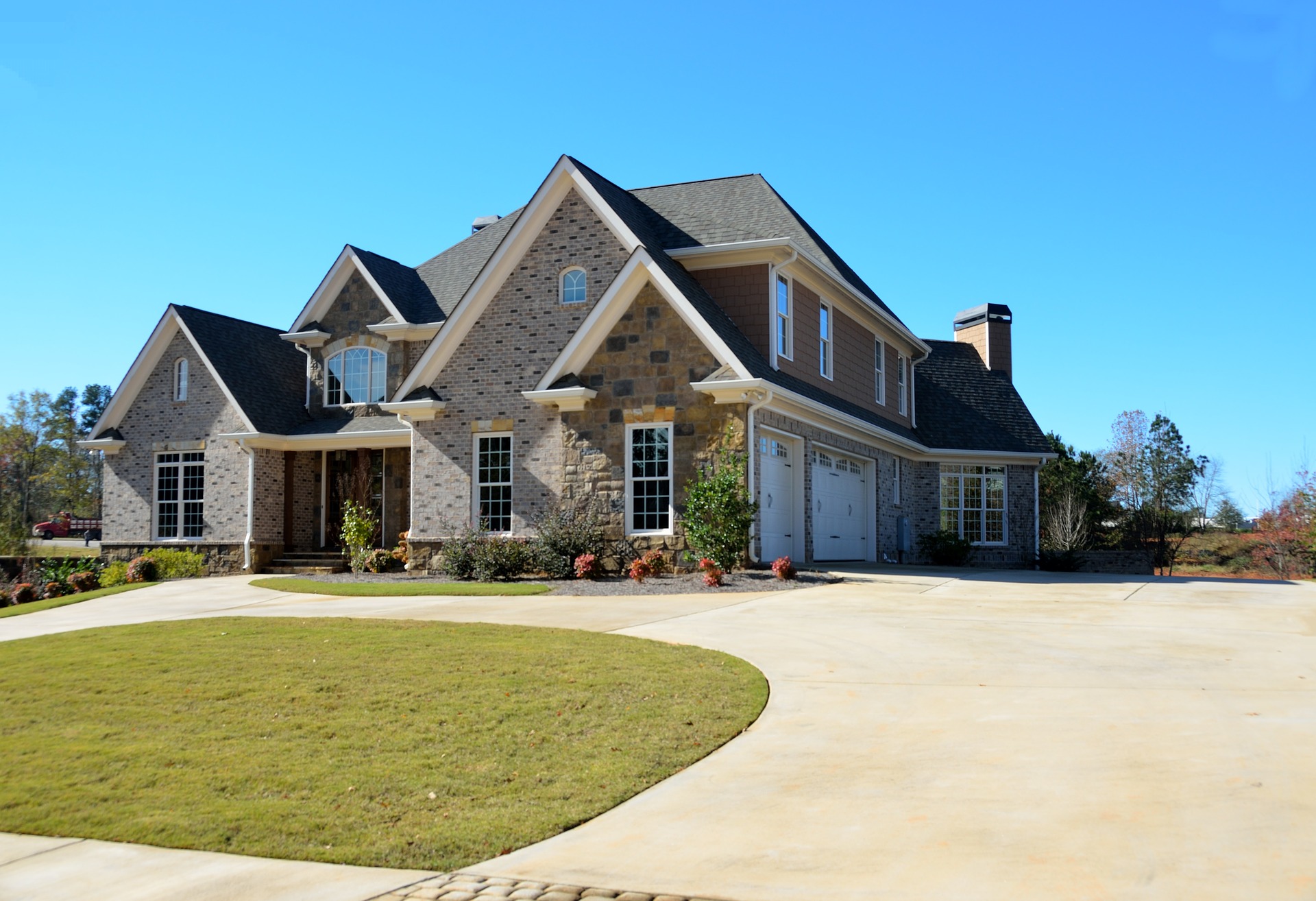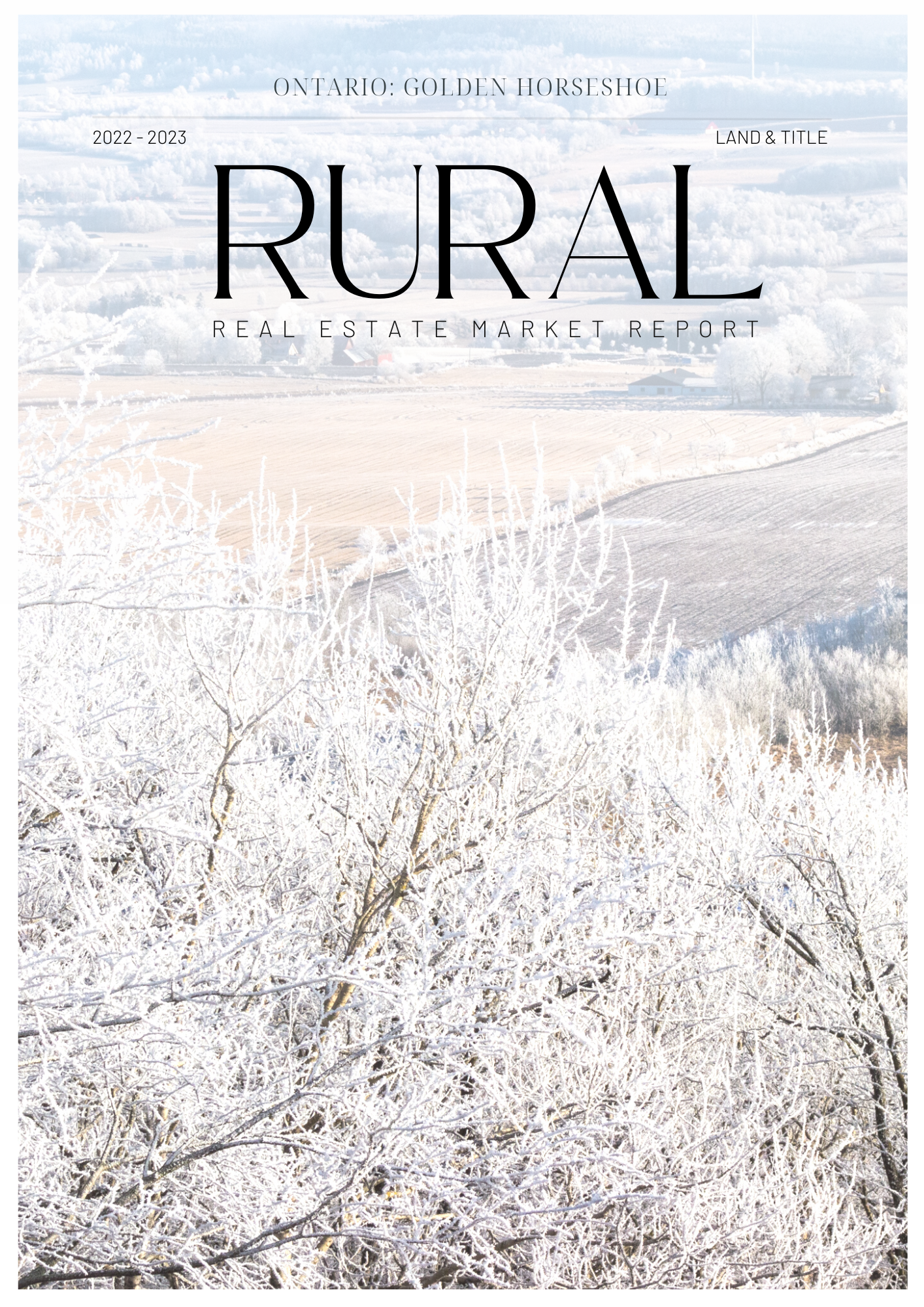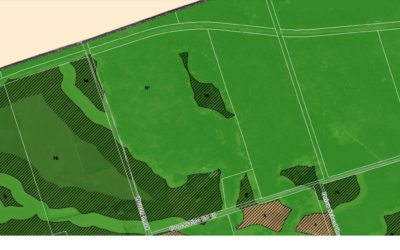Finding The Right Property
Locating The Property –
You can check out realtor.ca for land listings or ask your Realtor for help. Your realtor should know what is happening in the area you are interested in. For instance they may want to find out if the forested land across the street is ever going to be zoned for building lots. It would be disappointing to begin building your home only to find your view will be obstructed by a cluster of three story town homes. You can do your own due diligence as well by contacting the local municipality.
Zoning –
Zoning By-Laws are put into place by municipalities. They are important to understand because they dictate things such as what the land can be used for, how much area the physical building can cover and how far back from the property line it must be located.
The Surrounding Community –
Even with vacant land the old adage “Location, Location, Location” is relevant. Make sure the surrounding community is suitable for you. You may also still want to be close schools or hospitals, or perhaps you want it to be in the country, rural but not too secluded.

Environmental Checks –
Depending on the location of your vacant land property, you may run into areas that are considered environmentally sensitive. These will require certain protections. Some possibilities include:
- Areas of Natural and Scientific Interest (or ANSI’s for short). Such areas include life sciences (vegetation and forests) and earth sciences (geological) that are protected by the Ministry of Natural Resources (MNR). It is sometimes required for owners of private land to protect these features (e.g. by not cutting down the trees). More information can be found on the MNR website.
- Land use protection. For example, the Green Belt Act which protect millions of acres of land could impact residential development if a property falls within this area. For instance, development may need to be strictly compatible with the land or could be restricted all together. This Act covers plans for the Niagara escarpment and the Oak ridges Moraine as well.
Connection To Services and Utilities –
When you are looking for vacant land on which to put your dream home on, avoid headaches by making sure the land is set up for easy connection to services and utilities like electricity, gas, water, internet, phone, sewage lines and so on. If the land you want to buy isn’t connected already be prepared to pay quite a lot of money to get hooked up to these services or in the case of sewage systems install a septic system yourself.
For those of you who wish to live off grid, all the power to you! But remember, this takes a lot of commitment. Speaking with builders or architects before pursuing this valiant endeavour is a great idea as it may take more work than you initially expected or you may not live in the most ideal area for doing this.
Road Access –
Road access can be a complicated topic to cover so we are just going to skim the surface here. There are many variations of road allowances that each has its own complex rules and challenges. The ideal situation is for the property is to have a road that is publicly maintained year round by the municipality, one that you are able to drive up snow, rain or dry and it is always accessible.
In rural areas you may find you share a private road with properties along the same road. Sometimes these roads lack a distinct right of use and are unmaintained in the winter.
Highway proximity and access is also something to be considered. There may be special requirements or restrictions placed on properties near or adjacent to highways. This may impact placement of trees, fences, building alterations and so on.
The Financials – Money Issues
Financing –
For the longest time you had to buy land with cash, but in 2018 it is possible to finance a piece of land. However, it is complex and speaking with a mortgage broker before making any decision is your best course of action. They are experts in this field and will tell you what your options are, what you need and if you qualify.
Getting financing for vacant land can prove to be tricky, banks tend not to like vacant land because they consider it to be a high risk loan. It will depend on many things, your financial stability, the property location and condition, what you plan to do with it, how soon you will be building a house on it and what that will be worth, etc., there are many variables!
But some options to helping with the financing (and your down payment) may include: Home Equity Line Of Credit (HELOC), Seller Take Back Mortgage, Some Banks, “B” Lenders, Land Loan Companies and possibly Construction Loans as well – again, this all depends on your situation and many other factors.
Taxes –
It is a good idea to check out what the yearly taxes are going to be on your land, especially if you are going to hold the land for a little bit before putting your house onto it, you may not want to be burdened with those payments.
Also, when buying building lots, HST is often ‘in addition to’ the selling price of the property, so keep that in mind when working out the costs, remember you may have to add in that extra 13%. Having said that though, here in Ontario you MAY be eligible for a tax rebate if you are building a home which has yet to be lived in. This article may be able to give you more information on rebates.
Other Fees –
Outside of the regular fees involved in real estate transactions, buying a building lot may subject you to other fees that are involved in getting permits, plans, closing costs and so on.
Before You Move Ahead
The Building Permit –
This is a permit one usually needs to apply for if they want to demolish, build or make an addition / renovations to their home. Focusing on building, a permit application would include your building plans and sketches for you new home. Officials review your plans and if accepted you are able to go ahead with you building your home. A short step-by-step building permit application process can be found here.
Sometimes you may buy a larger piece of land that already has an existing structure on it. This could be a very old very dilapidated house or perhaps an old barn. Such a structure may need to be knocked down before you can go ahead with the new build. Ask Your Builder or Contractor, they will be able to advise you on what to do.

Choosing The Right Architects or Builder –
I know this sounds obvious but this is a very important step when it comes to deciding on what home to put on your property. You have so many choices on what type of home you could put on your property. Do you want to have it built from scratch right on your property or delivered to you straight from the factory ready to go? Perhaps you have an interest in container homes – something that is quickly gaining popularity around the world.
Shop around to find the right person. They will be able to give you valuable consult and give you advise on what is needed to complete your project. You also need someone who listens and really understands your vision.
The Survey –
A survey give you a mathematical description of the property. Getting your hands on one of these will allow you (or your builder) to have a good understanding of where the house is going to be placed on the land in relation to other landmarks on the property (and many other things). There are many types of surveys, but for building lots specifically you may need both a construction survey (which will depict the layout of structures on the property like roads and buildings) and a topographical survey (which depicts land contours).
Sometimes the property may already have an existing survey, but chances are it could be old and possibly out dated, making it a great idea to either pay to get a new one or have your Realtor write it into your agreement that on purchase of this property the sellers provide you with an updated survey.
In depth information, pricing and property examples can be found in our very popular VACANT LAND REAL ESTATE GUIDE. Download here.






